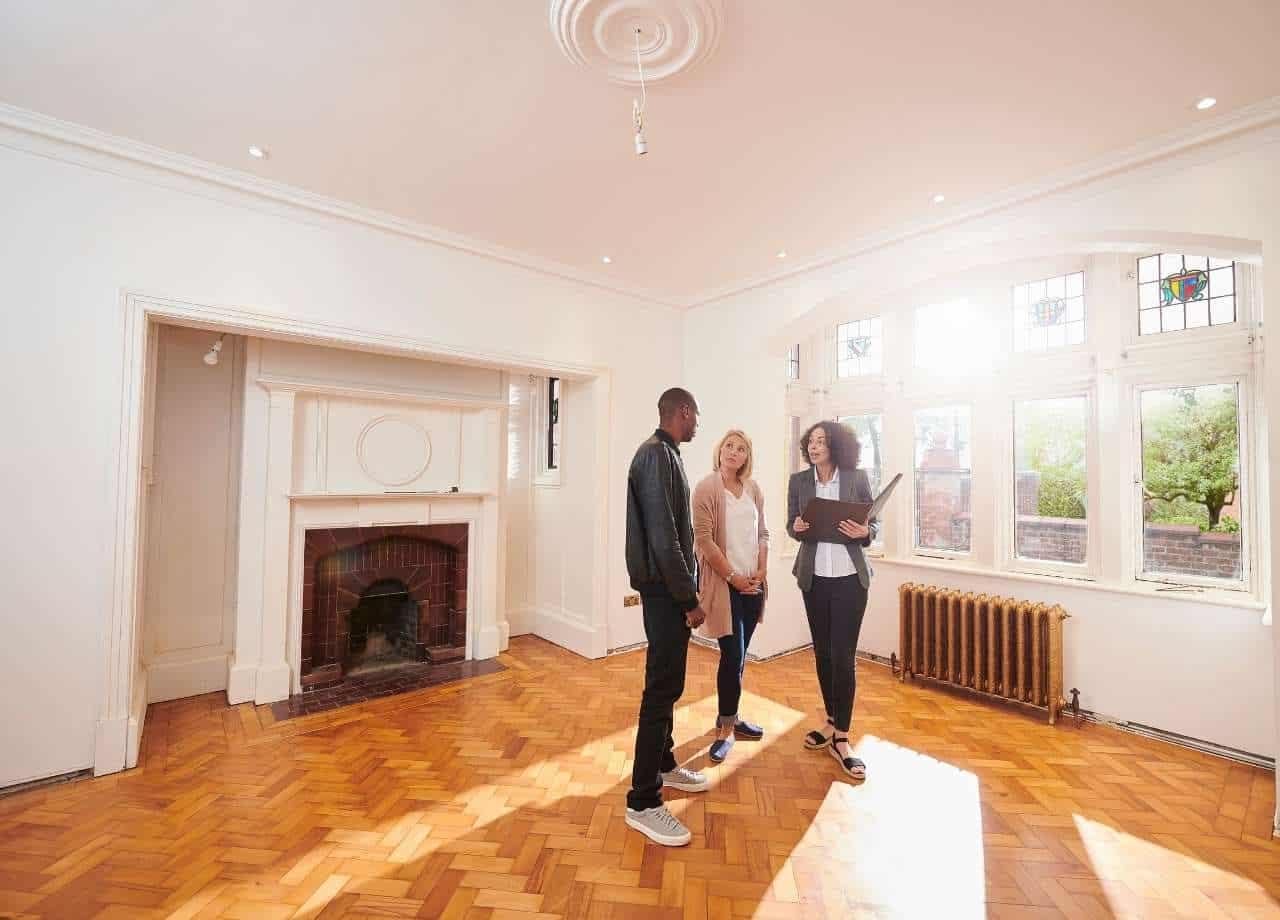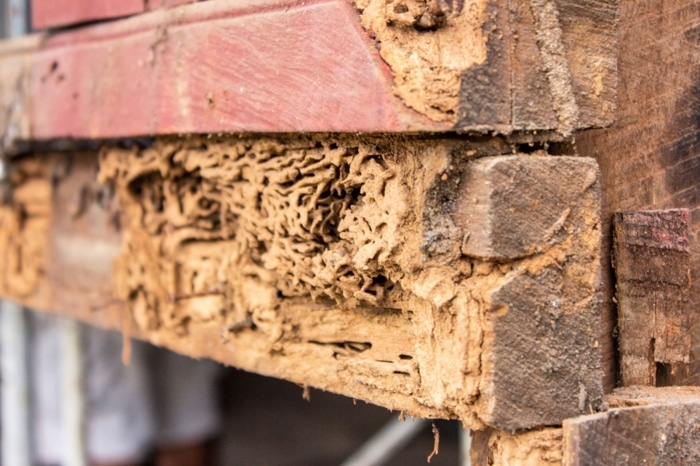Buying a rental property that already has residents sounds like a win, right? There’s rent already coming in, you skip the vacant unit phase, and you’re walking into something that’s already up and running. But here’s the thing—you’re also stepping into relationships, habits, and systems that someone else put in place. So while it’s smart financially, you’ve got to be ready for a transition that respects what’s already there but makes space for your way of doing things.
Start With the Leases—They’re the Foundation
Every existing lease is basically a contract that you’ve just inherited. It doesn’t reset just because the building changes hands. So your first move needs to be getting your hands on every lease. Read them closely. This means understanding not just how much rent is being paid and when it’s due, but what specific promises were made—whether that’s landscaping being included, pets being allowed, or even something small like a discounted parking space.
Sometimes leases aren’t as straightforward as they should be. You might find handwritten amendments, unclear terms, or rules that feel outdated. That’s all part of what you’re taking on. You can’t just tell residents you’ll be switching up their agreement—it doesn’t work like that. But what you can do is prepare for how you’ll handle each lease when it comes up for renewal, and start planning what your version of property management will look like.
Meet the Residents Face to Face
You might not think it’s a big deal, but residents want to know who owns the place they call home. So once the deal closes, take the time to show up. Introduce yourself. Even a quick knock on the door with a smile and a “Hey, I’m the new owner, just wanted to say hello,” goes a long way.
You don’t have to dive into business right away. This is just about building trust. Residents are naturally going to feel uncertain about what’s changing. They might be wondering: Is the rent going up? Will maintenance still be reliable? Is this someone who cares about the place, or just bought it to make a buck? A simple introduction helps answer some of that, without saying much at all.
Maintenance History Tells a Bigger Story Than You Think
If the previous owner kept solid records, reviewing maintenance logs can teach you a lot. Was there a string of plumbing issues in one building? A heating unit that’s been patched up three times? A resident who calls about every creaky cabinet? These patterns show you where your attention is needed fast—and which units have been consistently overlooked.
But don’t stop with the paperwork. Talk to the residents. Ask if anything has been a problem lately. This gives you the heads-up you need, but it also shows them you’re proactive. They’ll see that you’re someone who wants the place to run well, not just someone who wants to collect rent.
Transfer the Security Deposits Properly—And Track Them
Security deposits can be messy if not handled the right way. When a property sells, those deposits don’t just vanish. They legally transfer to the new owner, and you’re now the one who has to return them down the road. So before you close, make sure you know exactly how much each resident paid, when they paid it, and if there were any deductions or adjustments.
Get this in writing from the seller, and confirm it lines up with the leases. You don’t want a surprise three years later when a resident moves out and expects a full deposit back—only for you to realize the previous owner never collected one in the first place.
Be Crystal Clear About Any Changes You Plan to Make
Once you take over, you might want to modernize things. Maybe switch to online rent payments, change up how maintenance requests are submitted, or streamline communication through a property management portal. That’s great—but don’t assume everyone will catch on without guidance.
If you’re making a change, write it out clearly. Give a short explanation of why it’s happening, what residents need to do, and when the change goes into effect. Keep your tone friendly and straightforward. People appreciate clear expectations more than you think.
And here’s where Pest Share can really support you. If the property doesn’t already have a pest control service in place—or if residents have been left to handle it on their own—this is your moment to step in and offer something better. Pest Share works as a resident benefit, so they request service when they need it, and you don’t get flooded with calls about bugs. Clean, simple, and it actually solves a common pain point right off the bat.
Don’t Be Surprised by Personality Clashes or Old Habits
When you take over a property, you’re also taking over relationships the old owner had—some good, some maybe a little strained. You’ll likely hear about issues that have nothing to do with you, but residents still want you to fix them. Be patient here. You don’t have to solve every problem overnight, but listen closely. Some residents may have gotten used to being ignored, so they might not trust that you’re different until you show it with action.
This is also the time to spot red flags. If someone has a pattern of late payments or constant disputes with neighbors, it’s better to know that now. You can’t change the past, but you can decide how you want to move forward once leases come up for renewal.
Stay Ahead of Lease Renewals Before They Sneak Up on You
Set reminders for when each lease is ending. You don’t want to be in a position where you’re making last-minute decisions or rushing to notify residents about changes. A few months ahead of expiration, think about what you want to do. Renew with the same terms? Increase rent? Offer upgrades?
This is your chance to align the lease with your goals for the property—whether that’s improving cash flow, making upgrades, or encouraging long-term residents to stay put.
Get a System in Place—Then Stick With It
Whether it’s how you collect rent, handle maintenance, or communicate updates, consistency matters. Residents want to know what to expect. If you’re scattered in your approach, they’ll notice. And if you’re hands-off, they’ll take it as a sign that you’re not serious about the place.
If your schedule is already packed or you own multiple properties, consider using a property manager. A professional team can handle day-to-day issues while keeping you in the loop on big-picture decisions. It can be worth every dollar if it helps your investment run smoothly.
Check in Regularly, Even If Things Seem Fine
Sometimes no news isn’t good news—it just means problems are brewing quietly. So even if everything seems calm, do regular walkthroughs. Talk to residents here and there. Ask how things are going. Look out for signs of pests, damage, or neglected areas. The more visible and involved you are, the less likely residents are to feel ignored—or to let small issues grow into big ones.
Buying a property with existing residents isn’t just about the income stream. It’s about stepping into a small community and slowly shaping it into something stronger, cleaner, and more efficient. That takes time and steady effort. But if you approach the transition with respect, clear communication, and some smart systems in place, you’ll find that most residents will meet you halfway.
And remember, Pest Share is one of those systems that just makes sense. If you can hand off pest control in a way that’s easy for residents and low-maintenance for you, why wouldn’t you? It’s one less stress point—for everyone.






